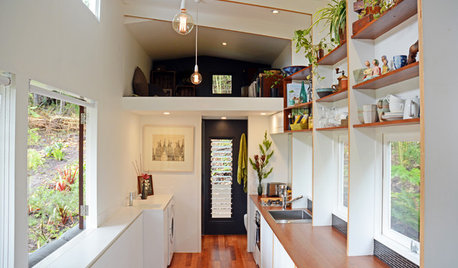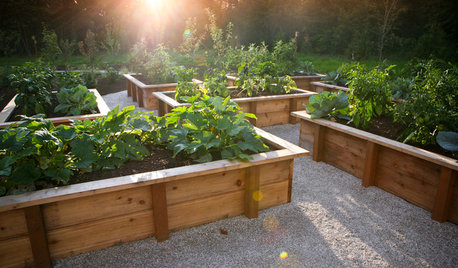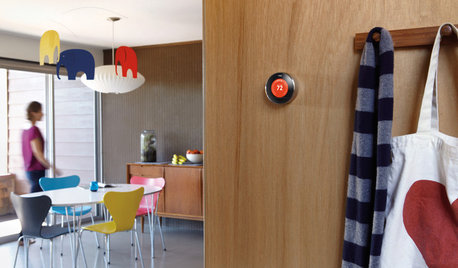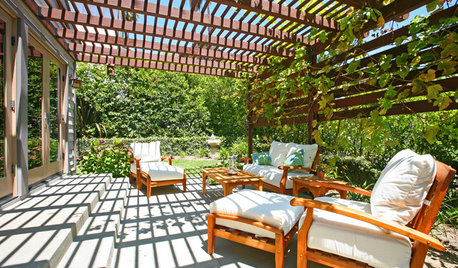Making a raised bed with just compost ?
ani_t
13 years ago
Related Stories

GARDENING AND LANDSCAPINGBuild a Raised Bed to Elevate Your Garden
A bounty of homegrown vegetables is easier than you think with a DIY raised garden bed to house just the right mix of soils
Full Story
FARM YOUR YARDHow to Build a Raised Bed for Your Veggies and Plants
Whether you’re farming your parking strip or beautifying your backyard, a planting box you make yourself can come in mighty handy
Full Story
GARDENING GUIDESGet on a Composting Kick (Hello, Free Fertilizer!)
Quit shelling out for pricey substitutes that aren’t even as good. Here’s how to give your soil the best while lightening your trash load
Full Story
GARDENING GUIDES8 Materials for Raised Garden Beds
Get the dirt on classic and new options for raised vegetable and plant beds, to get the most from your year-round garden
Full Story
SPRING GARDENINGInspiring Raised Beds for Fall and Spring Planting
Make Your Next Vegetable Garden Even Better with Beautiful Boxes and Paths
Full Story
SMALL HOMESTiny Houzz: A Retractable Bed and Double-Duty Furniture Make It Work
Architecture graduates work with a builder to create a stylish tiny house with an efficient layout and a roomy feel
Full Story
GARDENING AND LANDSCAPINGRaised Beds Lift Any Garden
From good old-fashioned wood garden boxes to modern metal troughs, raised beds can make any landscape space look great
Full Story
HOME TECHWhy Google Just Paid $3.2 Billion for a Company That Makes Thermostats
Smart home technology just got a new champion — and everyone is speculating about the reasons
Full Story
LANDSCAPE DESIGNThe Abundant Garden Makes Room for Plants
Gardens focused on plants provide joy and solace with their billowing layered beds, overflowing containers and walls of green
Full Story
GARDENING GUIDESHouzz TV: Make a Worm Bin for Rich Soil and Happy Plants
A worm-powered compost bin that can fit under a sink turns food scraps into a powerful amendment for your garden. Here’s how to make one
Full Story



pdxfarmer
gardengal48 (PNW Z8/9)
Related Professionals
Benbrook Landscape Architects & Landscape Designers · East Patchogue Landscape Architects & Landscape Designers · Fruit Heights Landscape Contractors · Kaneohe Landscape Contractors · Mercedes Landscape Contractors · North Highlands Landscape Contractors · Thornton Landscape Contractors · West Palm Beach Landscape Contractors · Bellmawr Fence Contractors · Columbia Fence Contractors · Gurnee Fence Contractors · South Miami Fence Contractors · Wauconda Fence Contractors · West Columbia Fence Contractors · Whittier Fence ContractorsGeorge Three LLC
jean001
Embothrium
ani_tOriginal Author
charleney
tanowicki
George Three LLC
ian_wa
dottyinduncan
botann
oliveoyl3
botann